The U.S. protectionist umbrella has long been one of the most advantageous assets for NATO countries in Europe, ensuring peace through security. Donald Trump has recognized this as a vulnerability for Washington, given the lack of commitment European nations have shown in the form of defense spending. The most recent regulation on this issue requires every NATO country to allocate 2% of their GDP toward national defense. This decision was made at a NATO summit in 2014, with the goal of meeting the target by 2024.
Since the conference, only the United States and Greece have consistently met the target, while most other members have fallen short. During his second term, President Donald Trump has demanded that the target be raised to 5%, threatening to withdraw U.S. security guarantees if countries do not comply. This demand has incentivized NATO members to reevaluate their role in the organization and consider whether to meet the new expectations set by the U.S. administration.
The Hague Conference
The reaffirmation of the agreed-upon defense spending target was confirmed on Wednesday morning by NATO members at the Hague Conference. However, many were reluctant to commit to President Trump’s proposed 5% threshold. French President Emmanuel Macron voiced hesitation, citing the tariffs the Trump administration had previously imposed on European countries—tariffs which Trump claimed generated $88 billion in revenue for the U.S.
The next review of member states’ defense spending habits is scheduled for 2029, with the 5% goal expected to be met by 2035, giving nations ample time to adjust. Many European countries have begun making significant investments in their defense capabilities, especially as President Trump has taken a more isolationist stance on U.S. security commitments to Europe.
Countries such as France expressed concern that further tariffs could be used as leverage but agreed with Trump’s position that Russia should face more sanctions. Madrid also expressed skepticism, believing that their current security needs can be met without reaching the 5% threshold. However, the pressure may keep NATO members on track to at least meet the original 2% target and gradually increase their defense budgets.
Analysis of the Agreed-Upon Decision
Between 2022 and 2023, the number of countries meeting the 2% spending requirement dropped from 12 to 9. This decline was partly due to the Biden administration’s more lenient approach toward enforcing the 2014 commitment. However, by 2024—amid President Trump’s growing momentum to return to office—the number of countries meeting the target rose to 14.
Even after ten years, full compliance remains elusive, which is not unexpected when setting international commitments. President Trump likely recognizes that few countries will reach the 5% goal by 2035, but his primary objective is to encourage increased defense spending overall.
A more autonomous Europe is essential for Washington to shift its strategic priorities in a changing global order.
With rising challenges from powers like Russia and China, the U.S. cannot be the sole defender of the Western world. During WWII, American success on two fronts would not have been possible without the Soviet Union’s involvement. Today, U.S. allies must become more self-reliant to deter Russian aggression in the East and allow the U.S. to focus on strategic issues in the South China Sea and Beijing’s growing influence. The push for 5% defense spending is part of a broader vision for a stronger, more self-sufficient Europe—and a more resilient NATO alliance capable of countering threats from Moscow and beyond.


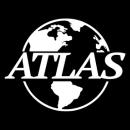
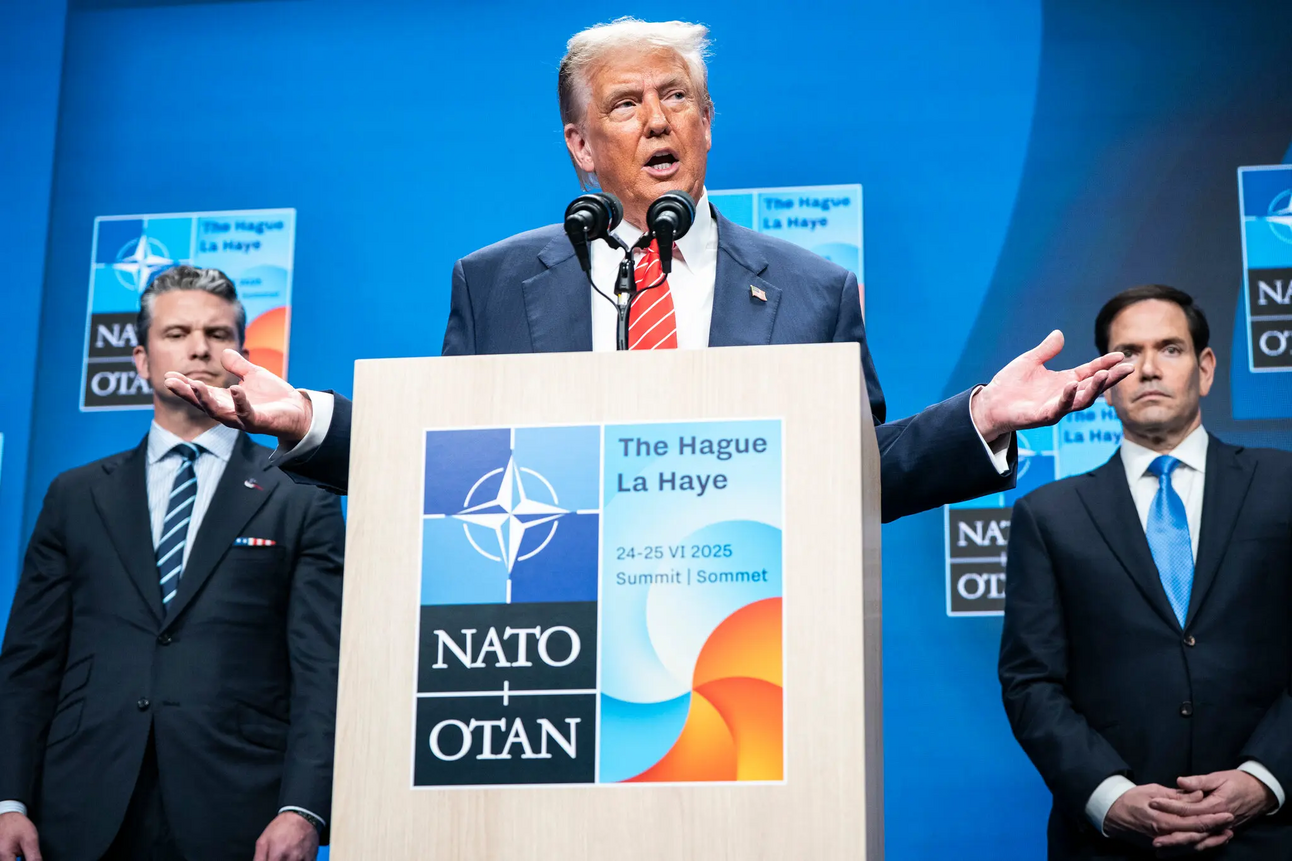



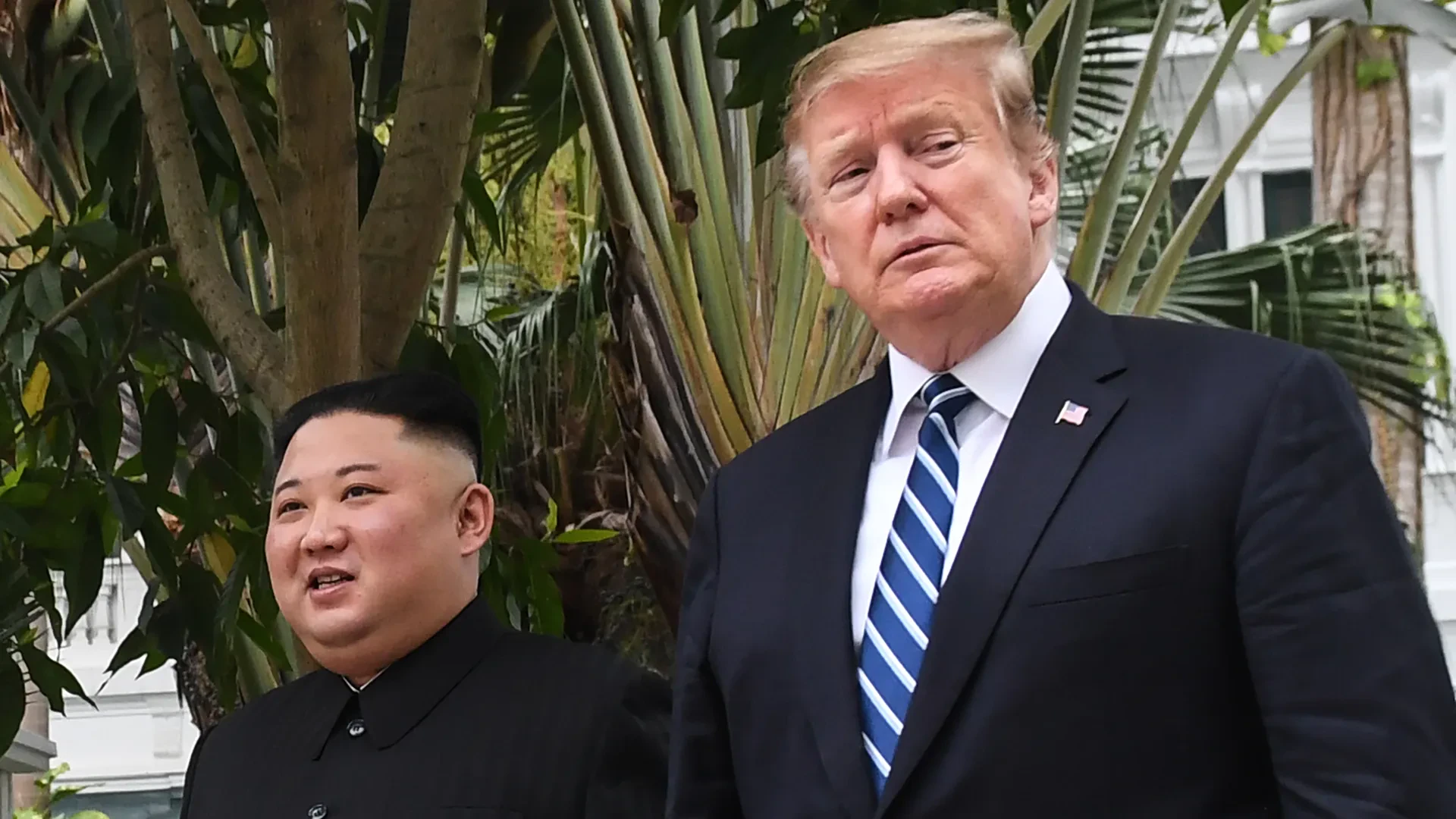



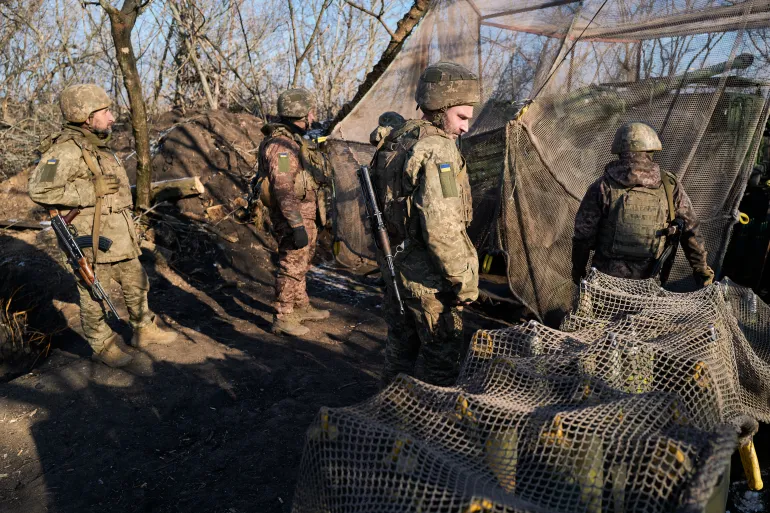

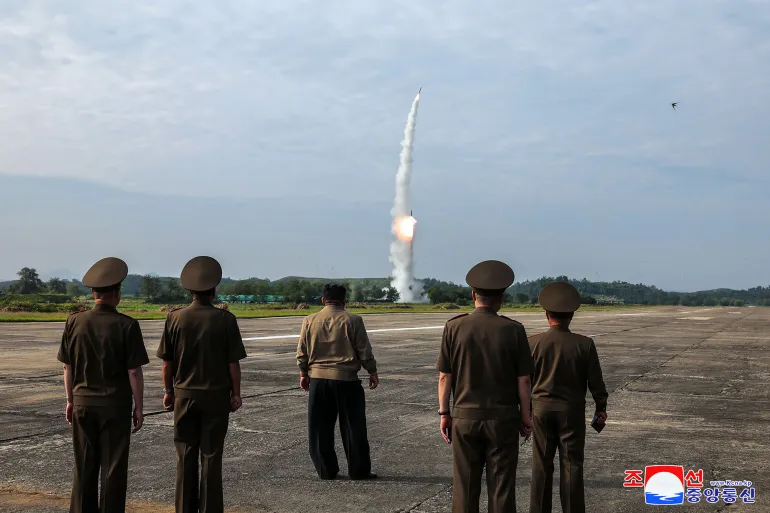

Discussion